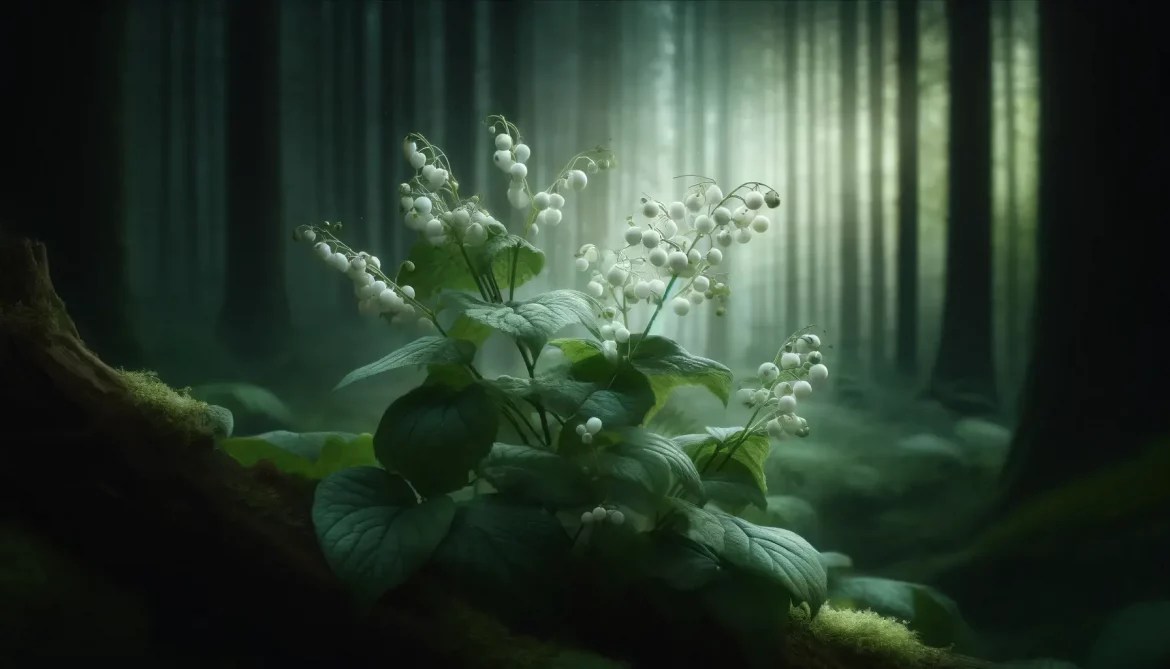Growing Epimediums: A Step-by-Step Guide
Epimediums are beautiful, shade-loving plants that are perfect for adding color and interest to your garden. They have heart-shaped leaves and a spreading habit, making them ideal for ground cover. Plus, their tiny, star-like flowers in spring are a welcome sight after a long winter.
Where to Plant Epimediums
Epimediums are woodland plants, so they prefer to grow in soil that is similar to what they would find under trees in the forest. This means the soil should be fertile, free-draining, and have a slightly acidic pH. They also like dappled shade, although some varieties can tolerate more direct sunlight.
How to Plant Epimediums
To plant epimediums, prepare the soil by adding plenty of leaf mold. Dig a generous hole, tease out the roots of your plant, and gently firm in the soil around it. Water in well.
How to Care for Epimediums
Epimediums are relatively low-maintenance plants. However, there are a few things you can do to keep them healthy and happy.
- Mulch: Keep your epimediums mulched with garden compost or leaf mold. This will help to retain moisture and suppress weeds.
- Cut back: Many epimedium varieties are semi-evergreen and will keep their leaves through the winter months. However, by springtime, the leaves will be looking a bit tatty. For the best foliage display, cut back these old leaves before the flowers appear.
Propagating Epimediums
Epimediums are best propagated by division in the autumn. To do this, simply dig up the plant and divide it into smaller sections. Each section should have at least one growing point. Replant the divisions in well-prepared soil and water in well.
Epimedium Varieties to Try
There are many different varieties of epimediums to choose from. Some of the most popular varieties include:
- Epimedium ‘Amber Queen’ – produces a mass of amber-yellow colored flowers from April to June
- Epimedium ‘Pink Champagne’ – a hybrid cultivar, with attractive bronze-red foliage and pink-red hanging flowers
- Epimedium stellulatum ‘Wudang Star’ – this was collected from the wild in China by Roy Lancaster in 1983. It produces low-growing clumps of leathery, spiny foliage. In mid- to late spring, white, star-shaped flowers appear above the foliage
- Epimedium x perralchicum – forming a large clump of glossy, heart-shaped deep green leaves, which are flushed bronze in spring and autumn, tiny pendent, bright yellow flowers appear on delicate wiry stems, from mid- to late-spring
- Epimedium x rubrum – with bronze young leaves, which darken to red-brown in autumn. In late spring tiny, crimson and pale yellow flowers appear on wiry stems
With their beautiful flowers and easy-care nature, epimediums are a great addition to any garden.



